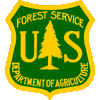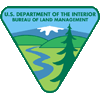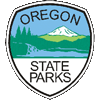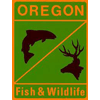Jordan Crater ACEC / RNA
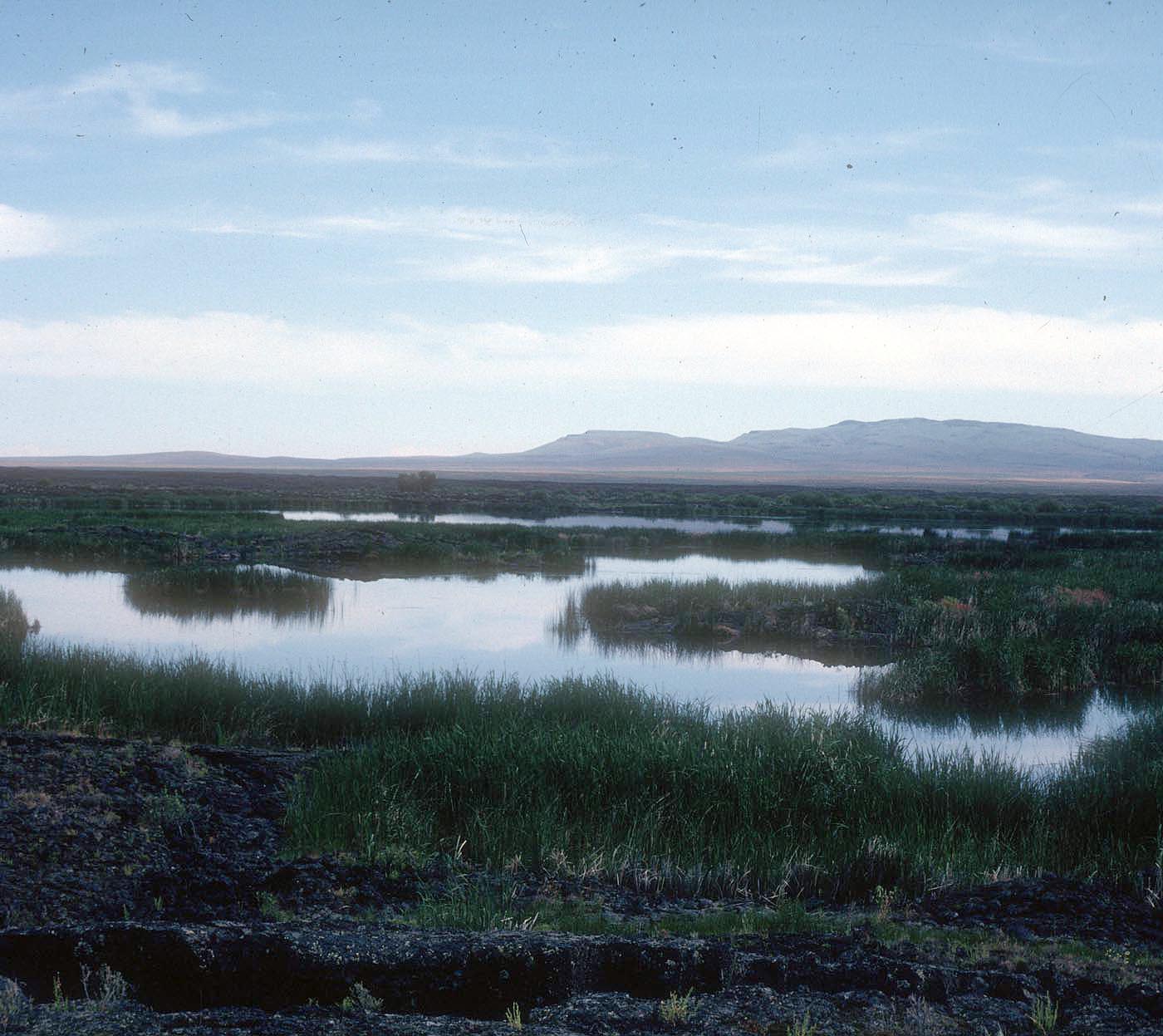 |
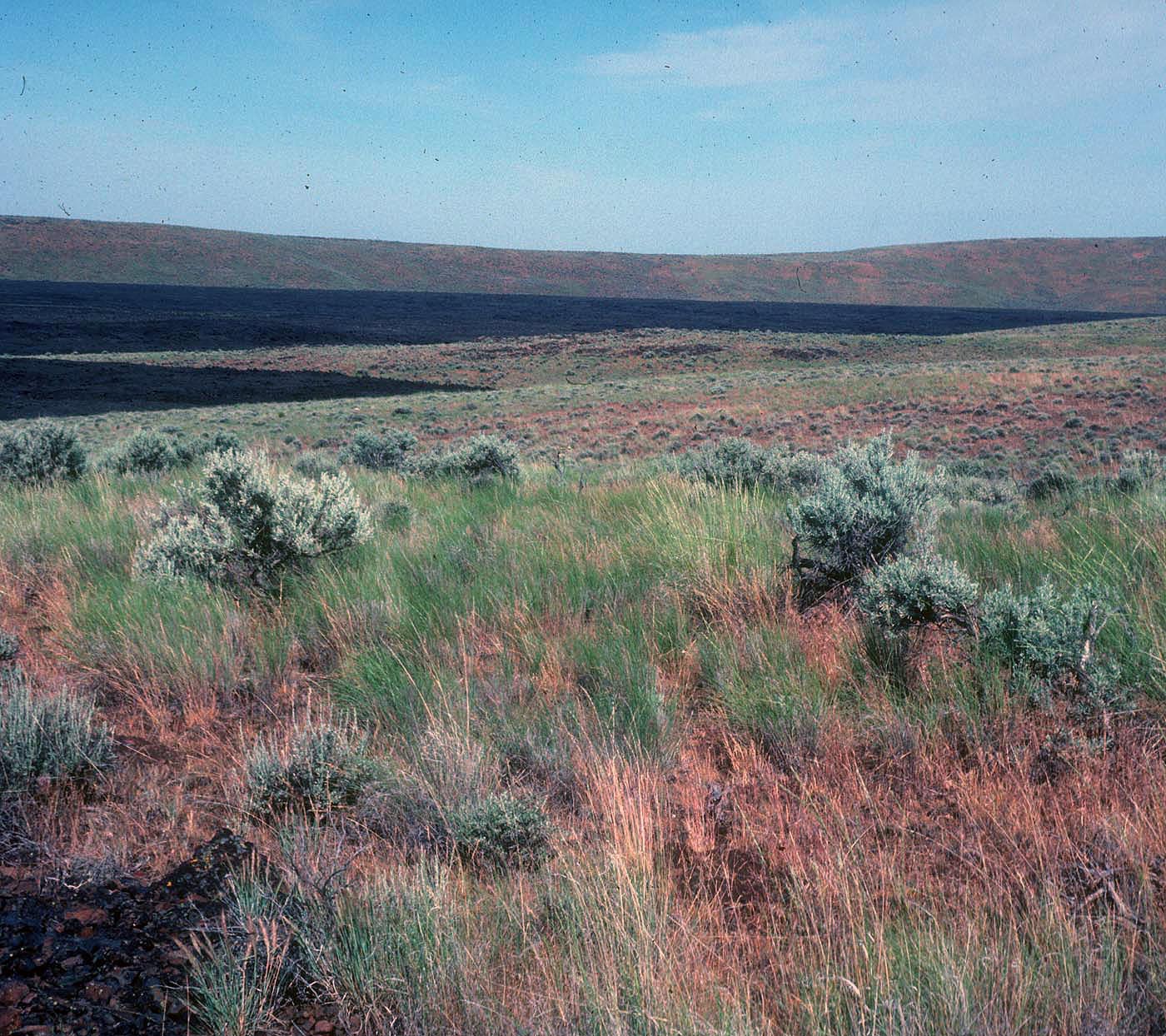 |
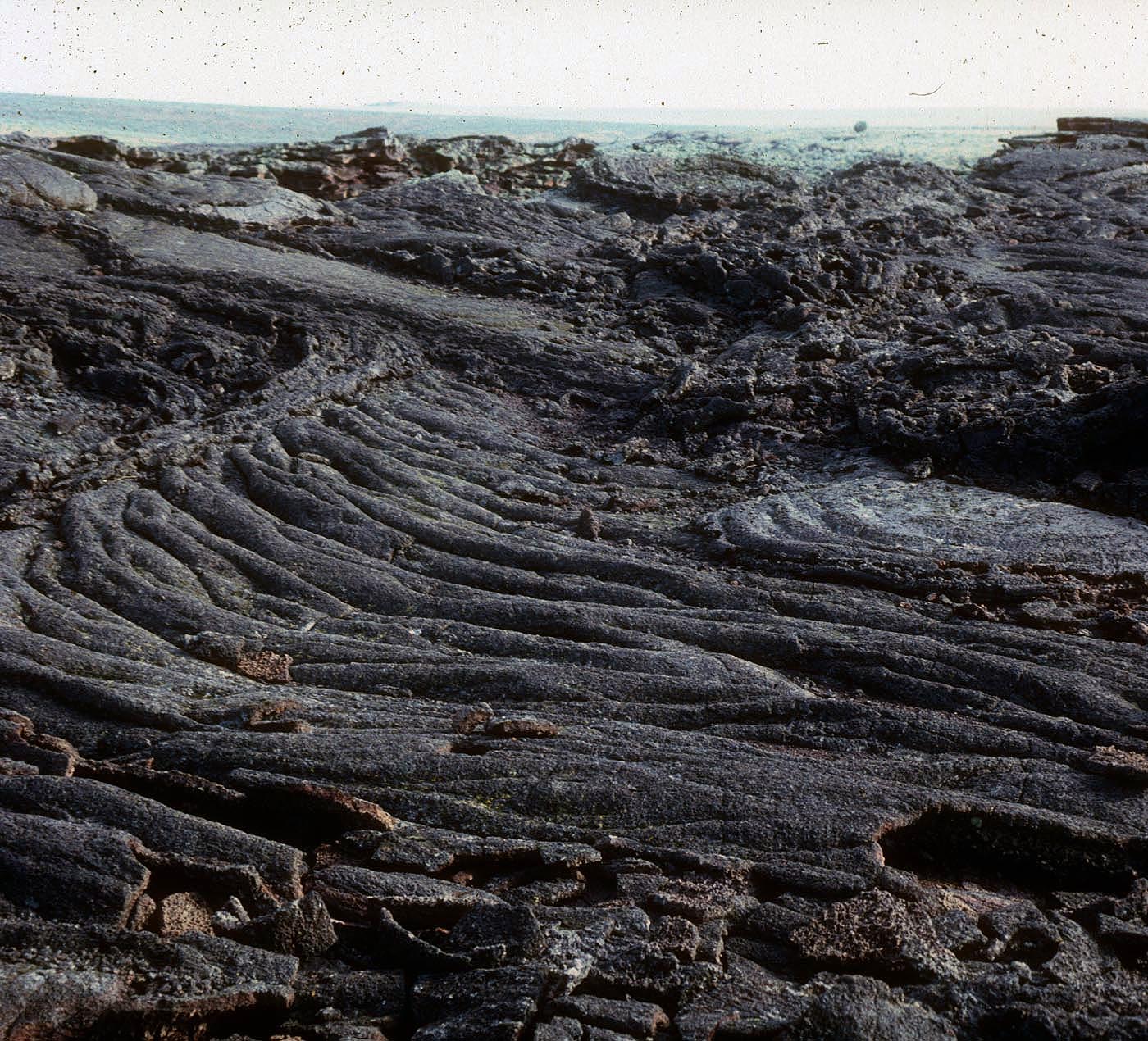 |
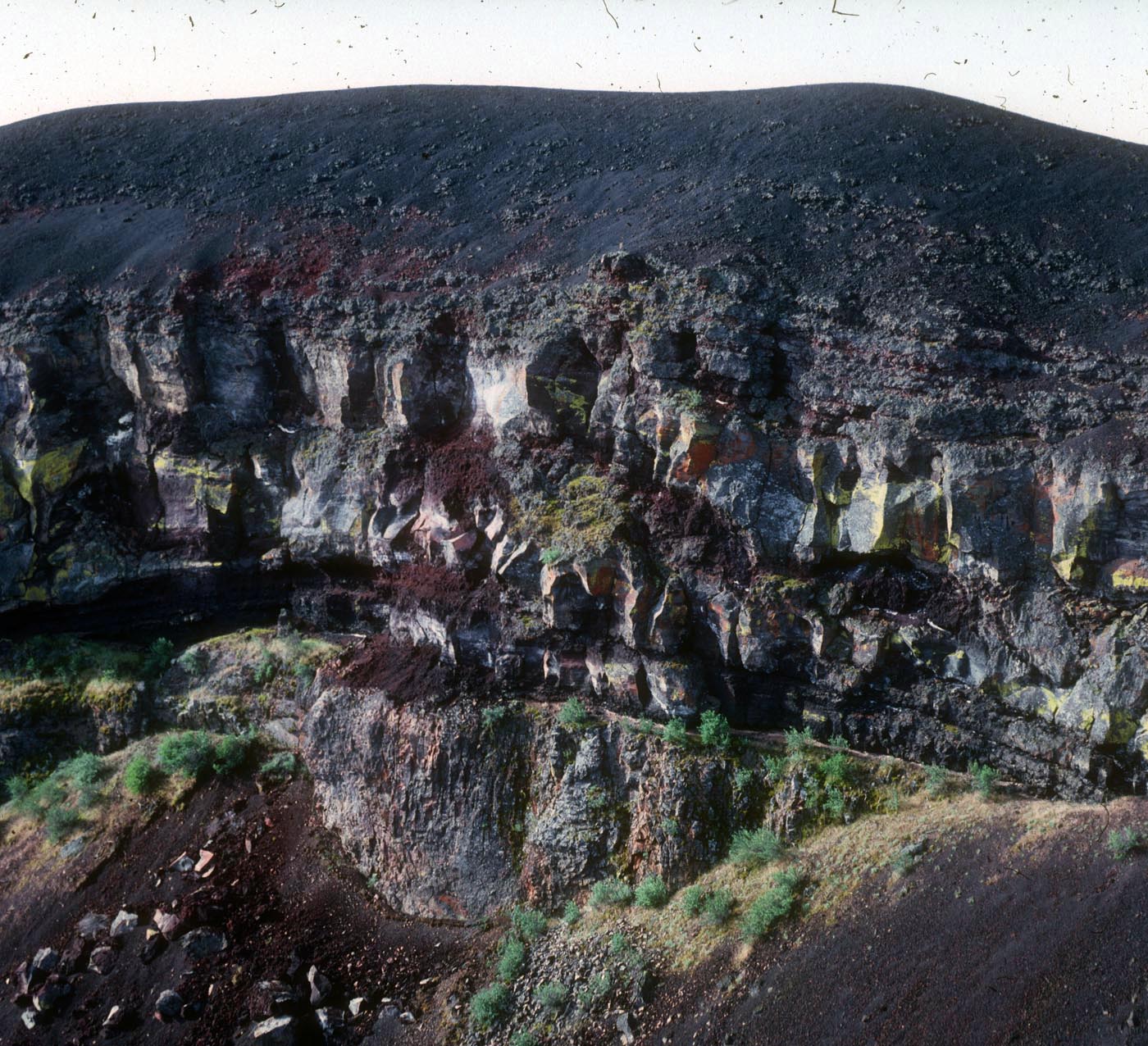 |
|
Jordan Crater Research Natural Area (RNA) was established to represent one of the most recent extrusions of basaltic lava in the United States. The RNA includes a series of natural freshwater ponds within the lava that provide habitat for a concentrated and rich fauna. The slope falls gently to the east but the surface of the lava flow is irregular with numerous domes, cracks, and sinks. Vegetation on the lava flows consists mainly of mosses and lichens with most plant communities at the perimeter of the lava and around the ponds. Two small kipukas, islands of virtually undisturbed native sagebrush/grasslands, lie within the lava flow. The lacustrine and palustrine wetlands include low elevation lake vegetation with aquatic beds and a marshy shore, low elevation vernal pond vegetation, and bulrush-cattail marsh with aquatic beds. Big sagebrush/bluebunch wheatgrass (Artemisia tridentata/Pseudoroegneria spicatum) and silver sagebrush/nevada bluegrass (Artemisia cana/Poa nevadensis = Poa secunda) dominate near the playas. Three special status species: pale western big-eared bat (Corynorhinus townsendii pallescens), American white pelican (Pelecanus erythrorhynchos), and annual dropseed (Muhlenbergia minutissima) are present within the RNA. Crested wheatgrass (Agropyron cristatum or A. desertorum) was seeded on portions of the rangeland area.
